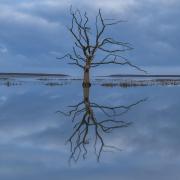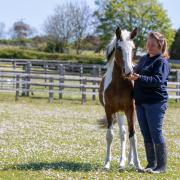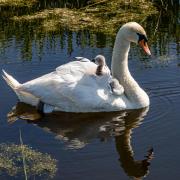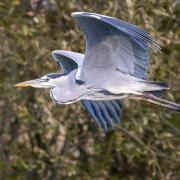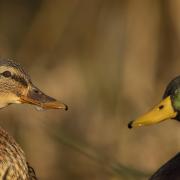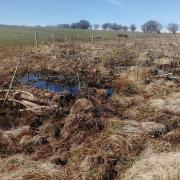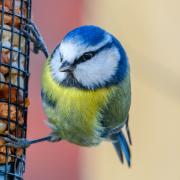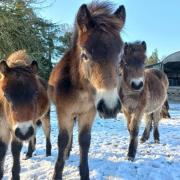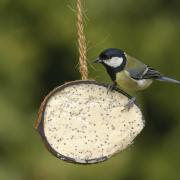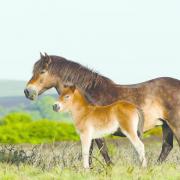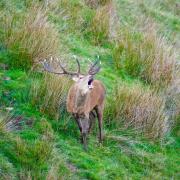The textbooks say that the Somerset Levels and Moors comprise 250 square miles of low-lying land next to the coast and situated between the Mendips in the north and the Blackdowns in the south. The “Levels” are on the slightly higher coastal ground and the “Moors” are the peat lowlands of the interior. But however many facts you were able to discover about this internationally important area of lowland grazing, you would not even be close to a full picture, because the Levels and Moors, or Levels for short, are really all about the experience of being there.

When I was a boy, my father used to take me fishing on the Levels. Even then (with my head full of boyish things) I was struck by the experience of that big sky stretching between the low and distant horizons. This was a memory that stayed with me throughout my early adult life and now, having re-discovered the area much later, I can see why it made such an impression on me. For the Levels to me are all about space; wide vistas and huge skyscapes. But more than that now, since I took up wildlife photography, the Levels are above all about the birds.
Globally important as a wintering site for wildfowl and otherwise a rich habitat for many plants, birds and mammals, the Levels are a paradise for wildlife enthusiasts and photographers.
Just as they are, of course, for walkers, cyclists, artists, anglers and seekers after peace and solitude.
Yes, solitude, because it really is possible to be alone in the silence of the Levels.
Birds can of course be found anywhere in this open landscape, but its value as a wildlife haven is massively increased by the major nature reserves which have been created within its boundaries. Shapwick Heath National Nature Reserve and the neighbouring RSPB reserve at Ham Wall are known to many for their flocks of winter starlings, but they are famous for much more than that. Management of the Ham Wall reserve has been focussed on providing the correct conditions for the return of the Bittern to Somerset. This long-term project was rewarded in 2008 when the first two successful nests produced young. Visitors were thrilled to hear the eerie booming of the male Bittern in the nesting season, a sound which had not been heard in Somerset for 40 years.
Since then the Bittern population has grown steadily until it is now unusual to visit without seeing one. This was topped in 2010 when the rare Little Bittern, also bred at Ham Wall, just the second time ever in the UK.
As if that were not success enough, 2012 saw the first two breeding pairs of Great Egrets at Shapwick Heath. This was a national first. Great Egrets are now regularly seen on the reserves and also at Westhay and Greylake reserves and across the levels in general. What riches for the wildlife photographer!
Last winter also saw an amazing influx of Short Eared Owls. Up until then I had not seen one of these dramatic birds for more than 30 years, and that was in Cheshire. Suddenly, there was a so-called irruptive migration from the continent where severe winter conditions drove the owls further west. They could be seen at various locations across the levels. Flying during the day and hunting low over the rough ground, they provided photographers and bird watchers with spine-tingling sights. This was another example of the habitat being just right to welcome these charismatic visitors.
As well as these few rather special birds, the Levels are of course home to a very wide range of other birds, mammals, insects and plants; all of which make their contribution to this rich and diverse ecosystem.
It is truly a privilege to live in Somerset and to be able to access this area and record its birds and animals. In particular, photographs of birds in flight capture a fleeting moment and a sight that cannot be witnessed in any other way. These images carry into your home and on to your walls a connection with the wild outdoors that is ever fresh, you can almost smell the air and hear the booming of the Bittern. n




